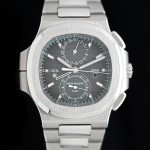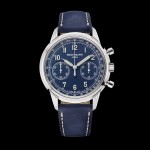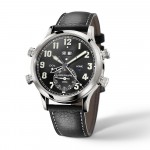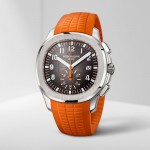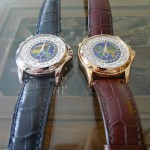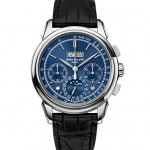Up Close: Patek Philippe Ref. 3652 Minute Repeater “Golay Fils & Stahl”
The intriguing, unique reference.
The most intriguing watch in Phillips’ upcoming Double Signed auction is by far the smallest watch in the sale – it’s the Patek Philippe ref. 3652 that’s just 31mm in diameter. In fact, the ref. 3652 is a dead ringer for a Calatrava ref. 96 from the 1930s.
But – the ref. 3652 is a unique reference produced during a brief period when Patek Philippe is known to have made a handful of remarkably interesting, one-off timepieces. All were powered by vintage movements, and some were vintage watches freshly re-cased. One example is the ref. 3651, a chronograph re-cased in the late 1980s of which only a handful are known.
Most of these watches are now in its museum; some of them were made for Philippe Stern himself, who was then running the company alongside his father, Henri.
The ref. 3652 was one such reference, created as a custom watch for a client. It’s a minute repeater made in 1985, but powered with a ladies’ watch movement from the early 20th century. And it has a fired enamel dial signed “Golay Fils & Stahl” – which was a watchmaker itself a century before.


At 31mm, the watch is tiny by any standard. That’s compounded by the fact that the lugs are set widely apart, making the case seem even smaller. If not for the slide on the case, it would easily pass as a ref. 96, the quintessential Calatrava model that Patek Philippe produced for some four decades until 1973.
But the ref. 3652 is neither a ref. 96 nor a vintage watch, which is why it’s interesting.



And the ref. 3652 is also notable from a historical perspective, being one of the handful of repeater wristwatches produced by Patek Philippe during the period.
According to the archive extract, this watch was made and sold in 1985, which is four years before Patek Philippe introduced the ref. 3979, the firm’s first serially-produced, contemporary minute repeating wristwatch.
In fact, from the time Patek Philippe discontinued its first generation of minute repeater wristwatches – namely the refs. 2419, 2421 and 2524 – in the late 1960s, until the launch the ref. 3979, it only produced striking watches as one-off, custom orders.
The movement from another era
The ref. 3979 was powered by the R 27 PS, a self-winding movement that at the time was cutting edge, having been developed. Unsurprisingly, this ref. 3652 had to rely on a far older movement.
Inside is a compact, 11”’ calibre (that’s about 25mm in diameter) that was originally destined for a ladies’ pocket or pendant watch.


Because it was an old movement that was completed and dressed up for a one-off modern watch, it has a distinctly artisanal finish and style that is unimaginable in a Patek Philippe of today.
The layout of the movement is classical, exactly as one would find in a pocket watch, while all of the markings on the bridges are hand-engraved, and uneven.



The movement finishing is obviously also the result of hand work, and also slightly uneven, but beautiful. The treatment of the steel parts is especially charming and old school.
In fact, the only element in the movement that reveals it was finished in the modern era is the KIF shock absorber spring for the balance staff jewel, which is not found on vintage movements.
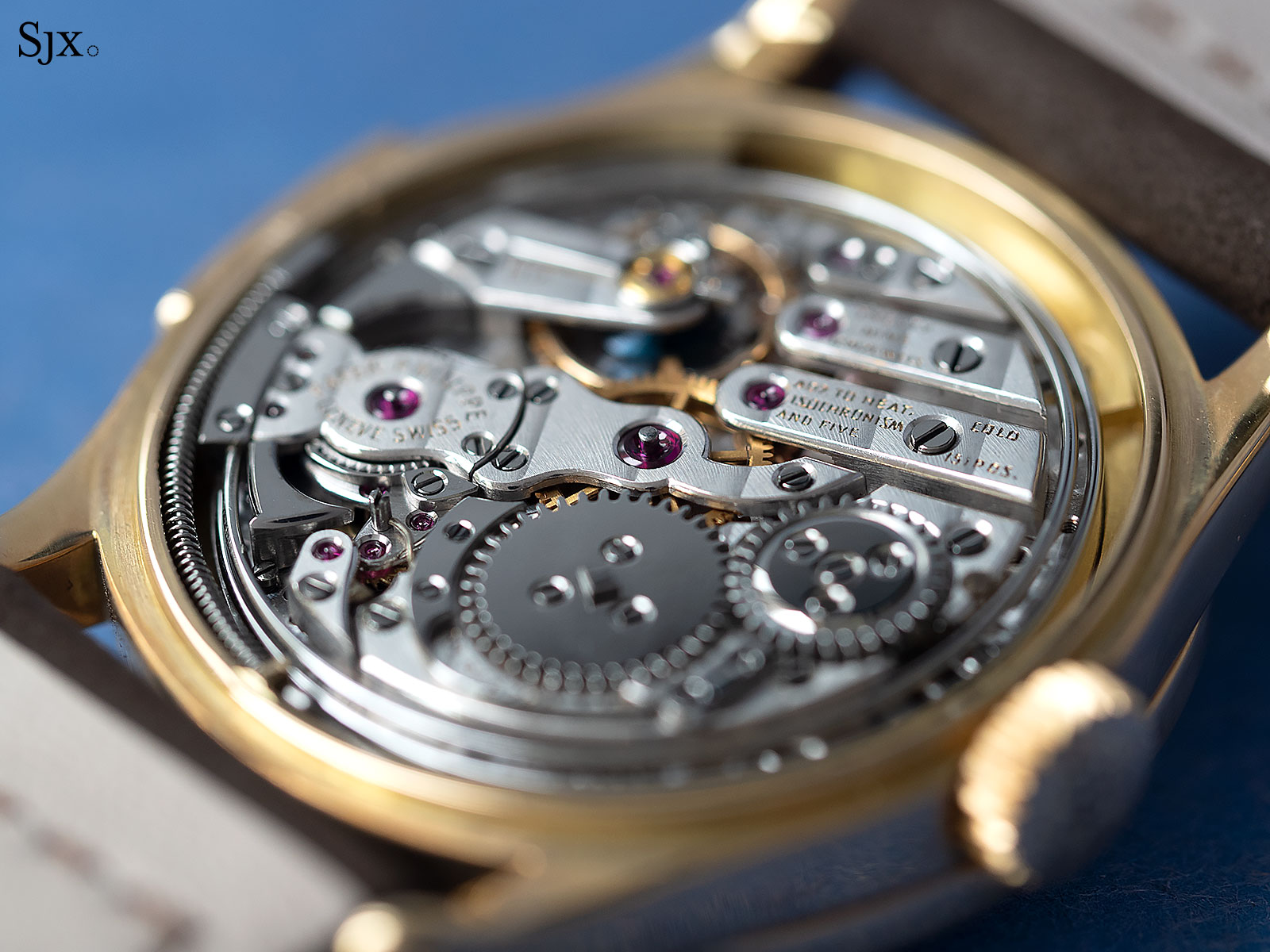






Golay Fils & Stahl
As interesting as the movement inside is the retailer’s signature on the dial. Ironically, the retailer started out as a watchmaker, one founded in Geneva no less, making it a peer of Patek Philippe in some ways.
A. Golay-Leresche was established in Geneva in 1837 by David Auguste Golay, who had married Susanne Leresche. It became a prominent and respected maker of pocket watches, not unlike Patek Philippe or Vacheron Constantin, and its timepieces still turn up at auctions.
In the mid 19th century, Golay’s sons joined the company, which was renamed “A. Golay-Leresche & Fils” and grew to include a branch in Paris on the swanky Rue de la Paix. After Golay’s death, his two sons took on Eduard Stahl as a partner, and renamed the company “Golay Fils & Stahl”.
By the 20th century, the firm had evolved into a retailer of watches and jewellery, rather than a watchmaker. This Audemars Piguet grand complication pocket watch from 1904, for instance, was sold by the firm and is signed as such. Over time jewellery became its primary business and in 1997, the company ceased selling watches altogether.
Now owned by the Wolfgang family, who took over the business in 1962, Golay Fils & Stahl still in operation as a jewellery merchant, retaining its prominent address on the Place des Bergues in Geneva, just beside the Four Seasons hotel.
Concluding thoughts
The watch is well preserved, although it has probably been serviced and polished on a few occasions, explaining the faded hallmark on the case back and soft edges of the case.
That was presumably because its owner was meticulous, and wanted to keep it looking like it just left the factory. The fact that the watch is accompanied by its original certificate is further proof of that.

The hallmarks on the back
Though the condition is slightly worn, it is probably not as crucial for a watch like this. The ref. 3652 remains immensely interesting and historically important. In the segment of diminutive, under-appreciated complicated watches, it’s hard to top this one. But it is hindered by the tiny case. That’s probably why, as such things go, it is not that expensive.


The inside of the case back bears the unique reference number “3652”, and it also indicates the case was made by Patek Philippe itself
The last time this watch sold publicly was also the first time, and that was in 2005 at Christie’s in Geneva, where it sold for 367,200 Swiss francs. Now it has an estimate of 250,000-500,000 Swiss francs, or about the same ballpark as a current-production Patek Philippe minute repeating wristwatch.
The ref. 3652 is lot 28 in Phillips’ upcoming auction in Geneva that takes place on November 9. For more, visit Phillips.com.
Correction November 6, 2019: Spelling errors fixed.
Back to top.
